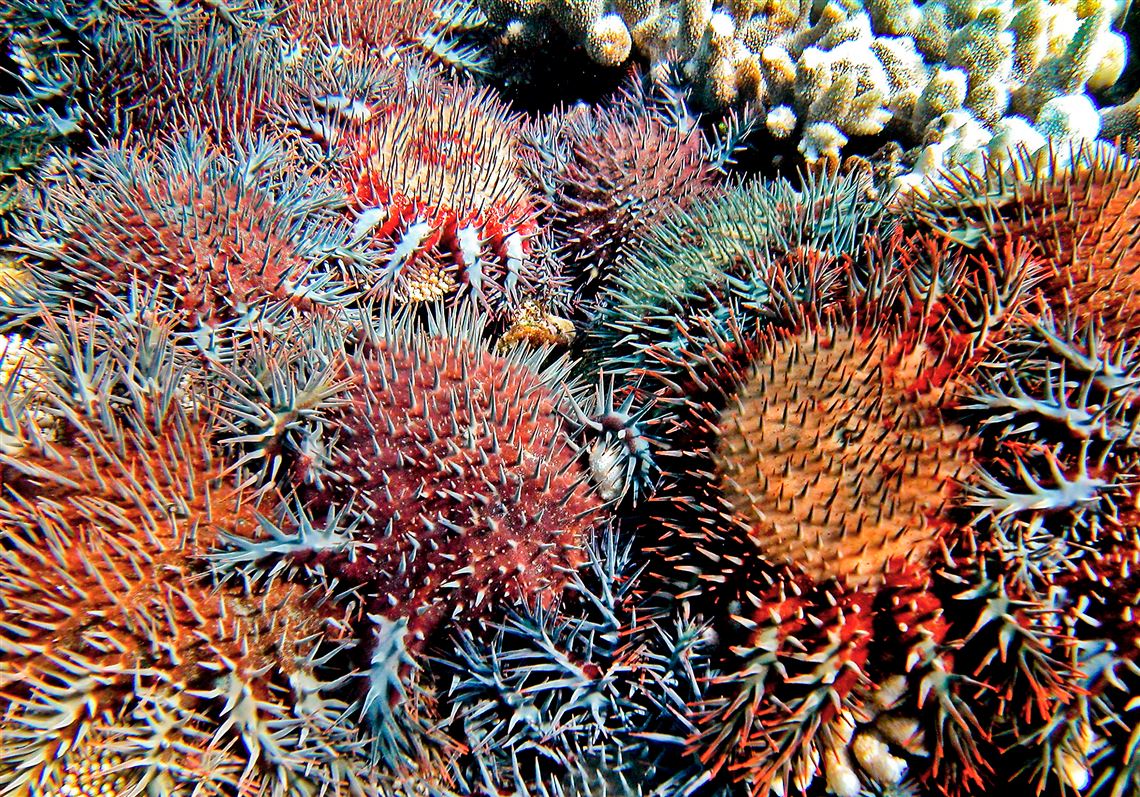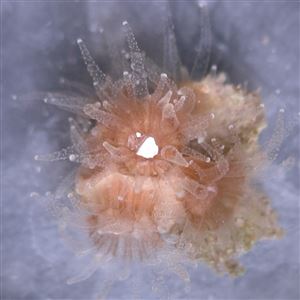Scientists just back from a 5,000 mile aircraft survey of Australia’s Great Barrier Reef pronounced a dire verdict Sunday: Warm waters have severely bleached large swaths of its corals for the second year in a row in a deadly one-two punch.
In 2016, two-thirds of corals in the northern sector of the reef died after severe bleaching from unusually warm waters. Now this year, researchers with the ARC Centre of Excellence for Coral Reef Studies at James Cook University in Queensland, who reported the previous findings, say that the reef’s central sector has been hit by another year of damaging warmth.
“We’ve had a back-to-back bleaching for the first time,” said Terry Hughes, who directs the center. “So we redid our aerial surveys again, which was a bit tough. I was hoping to never have to do it again.”
After that first survey, Mr. Hughes tweeted: “I showed the results of aerial surveys of #bleaching on the #GreatBarrierReef to my students, And then we wept.”
Coral bleaching occurs when unusually warm waters provide a stress to corals that in turn trigger a mass exodus of photosynthetic algae, called zooxanthellae, from their cells. The corals lose color and turn white, an outward indicator that their metabolism has been upended. The stronger the bleaching and the longer it goes on, the more likely corals are to die.
The Great Barrier Reef, the largest structure of its kind, is about 1,400 miles long. Nine hundred miles of that length have now experienced severe bleaching at some point during the past two years.
The current survey encompassed 800 individual coral reefs — including many surveyed last year.
“Last year we lost 67 percent on average of the corals in the northern 700 kilometers (430 miles) of the barrier reef, between March and October,” Mr. Hughes said. “We’re likely to see something similar happen now in the middle third this year.”
“That’s obviously an enormous loss over two-thirds of the Great Barrier Reef,” he added. “I wouldn’t say the barrier reef is dying. But clearly, we’re measuring serious losses here. And the reason it’s happening is global warming.”
Temperatures in the waters surrounding the reef were so abnormally high last year that scientists concluded there was little doubt they could be attributed to a changing climate.
There have been four historic bleachings of the Great Barrier Reef in the past two decades as the planet has warmed by about 1 degree Celsius (1.8 degrees Fahrenheit), Mr. Hughes notes.
The prior large scale bleachings occurred in 1998, a dramatic El Nino year, and 2002. 2016 was another major El Nino year, but 2017 is not. Thus, the reef is now bleaching in both non-El Nino years and in consecutive years.
If major bleachings are becoming more common, that raises questions about the reef’s ability to recover from such assaults at a time when global ocean temperatures are expected to continue to rise further.
Typically, corals require 10 years or more to recover from bleaching. Some species require considerably longer than that.
Scientists fear the planet will easily coast past 1.5 degrees Celsius in coming decades — and 2 degrees of warming will also be very difficult to prevent with the current warming trajectory.
A 2016 scientific study found that most of the world’s corals will be threatened with “severe degradation” under either of these two warming scenarios. But limiting the Earth’s warming to 1.5 degrees by the end of the century might allow at least some corals to adapt to the new climate.
First Published: April 18, 2017, 4:03 a.m.
















